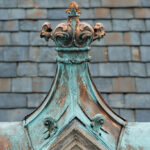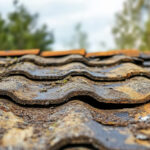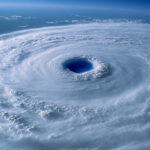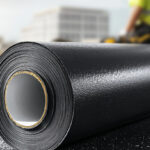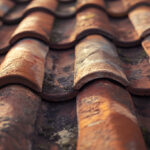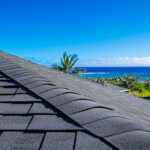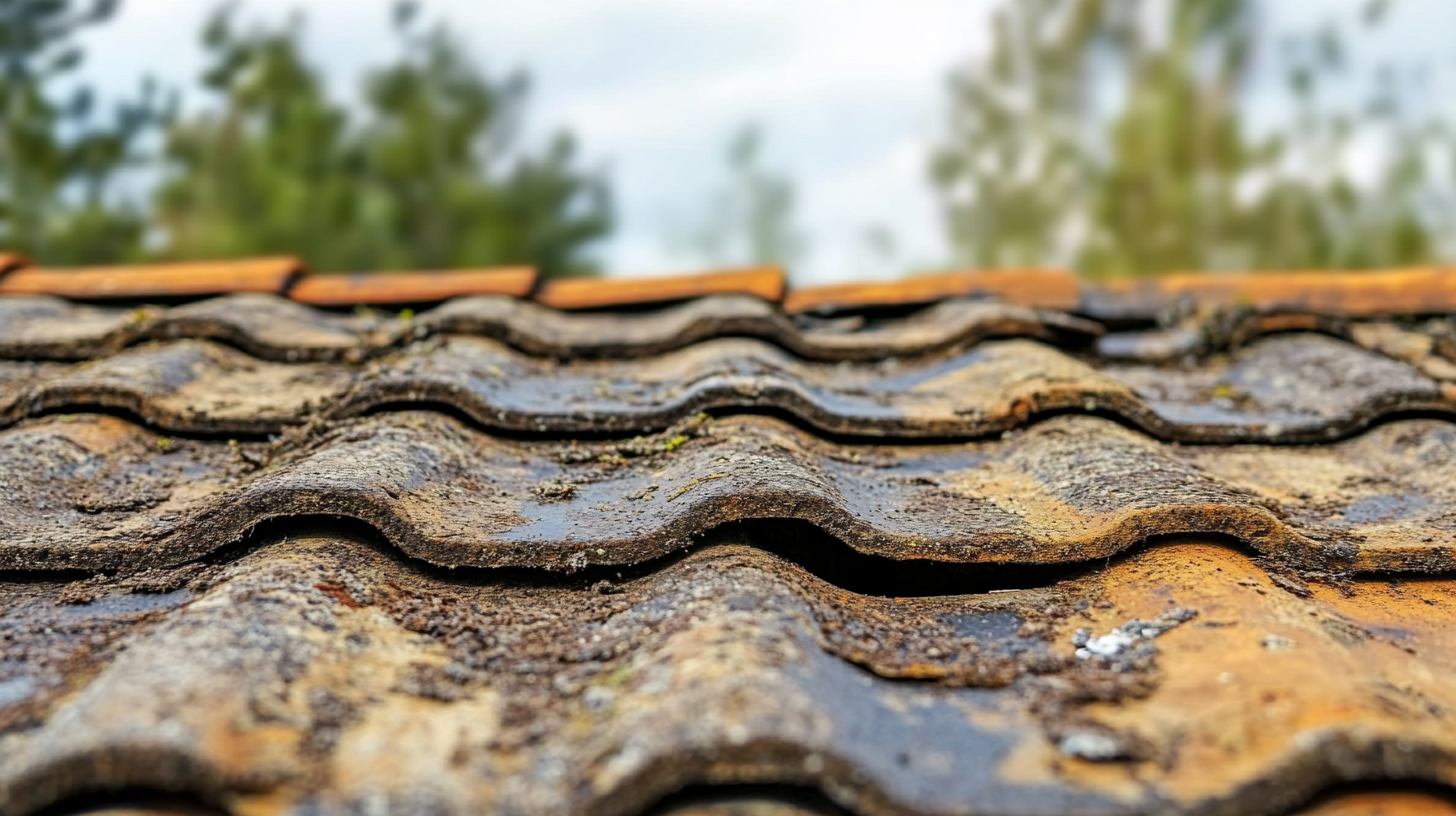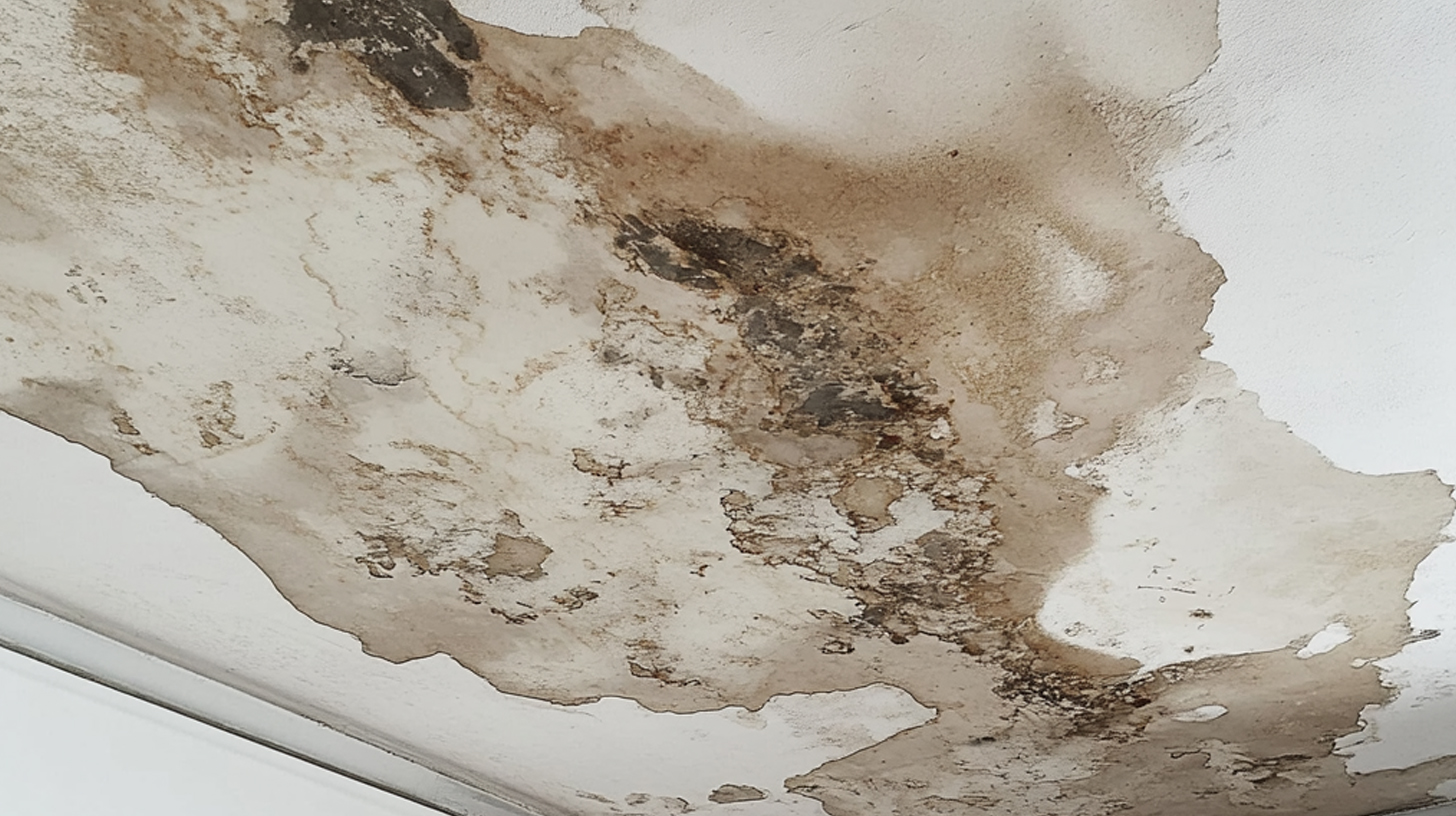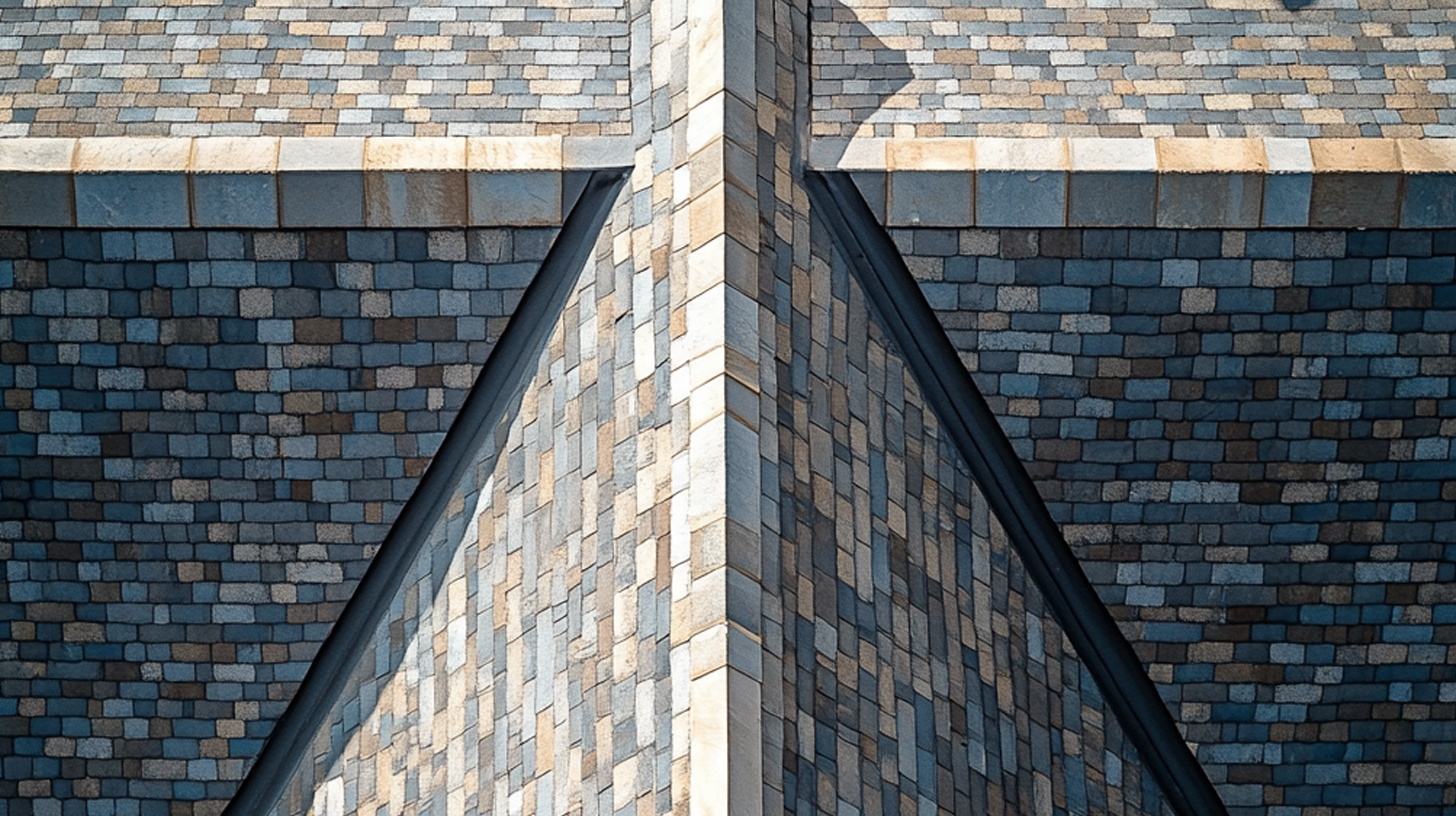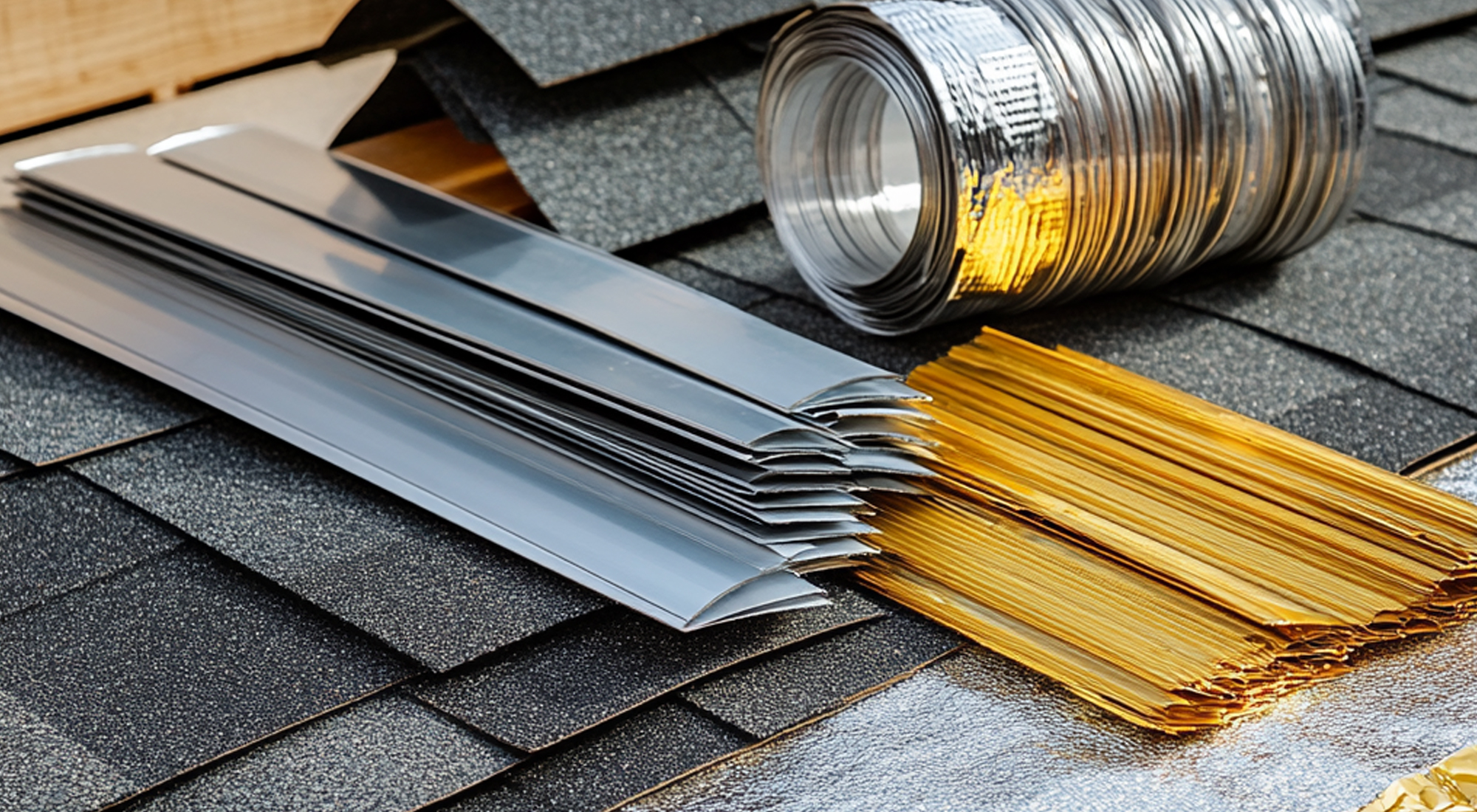In coastal areas, the picturesque views and refreshing sea breezes come with a unique set of challenges for homeowners, particularly when it comes to roof maintenance. One common issue is the growth of algae on roofs, which can lead to both aesthetic and structural concerns. Algae growth on roofs is especially prevalent in these regions due to the humid climate, which creates an ideal environment for algae and moss to thrive.
The primary cause of algae on shingles is the presence of moisture combined with organic material. Coastal climates often have high humidity levels and frequent rainfall, which provide the perfect conditions for algae spores to settle and grow. Over time, this can result in unsightly black streaks or patches that not only diminish curb appeal but may also compromise the integrity of roofing materials if left unchecked.
Understanding these factors is crucial for effective coastal climate roof maintenance. Homeowners should be aware that regular cleaning and preventative measures can help mitigate the impact of algae growth on their roofs. By addressing this issue proactively, they can preserve their home’s appearance and ensure its longevity against the harsh elements typical of coastal environments.
The Importance of Regular Roof Cleaning for Homeowners in Humid Regions
In humid regions, where moisture levels are consistently high, regular roof cleaning becomes an essential maintenance task for homeowners. The benefits of roof cleaning extend beyond mere aesthetics; it plays a crucial role in preventing roof damage and extending the lifespan of your roofing materials.
One of the primary benefits of regular roof cleaning is its ability to prevent the growth of algae, moss, and lichen. These organisms thrive in humid conditions and can cause significant damage if left unchecked. They trap moisture against the roof surface, leading to rot and deterioration over time. By removing these growths through routine cleaning, homeowners can prevent costly repairs and maintain the structural integrity of their roofs.
Moreover, regular cleaning helps to extend the lifespan of your roof. Accumulated debris such as leaves and branches can create areas where water pools, increasing wear on roofing materials. By ensuring that your roof is clear of such debris, you reduce stress on shingles or tiles and enhance their durability.
Beyond functional advantages, a clean roof significantly improves curb appeal. For homeowners looking to sell or simply maintain property value, a well-maintained exterior makes a positive impression on potential buyers or visitors. A clean roof complements other aspects of home maintenance and landscaping efforts.
In summary, for those living in humid regions, prioritizing regular roof cleaning is an investment in both protection against damage and enhancement of home value through improved curb appeal.
Essential Tools and Materials Needed for Effective Algae Removal
When it comes to maintaining the integrity and appearance of your roof, effective algae removal is crucial. Algae not only detracts from the aesthetic appeal of your home but can also lead to long-term damage if left untreated. To tackle this issue efficiently, having the right tools and materials is essential.
First and foremost, roof cleaning tools are indispensable for any algae removal project. A sturdy ladder is a must-have to ensure safe access to your roof. Additionally, a soft-bristle brush or broom can help gently scrub away algae without damaging roofing materials. For those hard-to-reach areas, an extendable pole can provide the necessary leverage.
Equipping yourself with specialized algae removal equipment can significantly enhance the cleaning process. Pressure washers are popular for their ability to remove stubborn stains; however, they must be used with caution to avoid harming shingles or tiles. Alternatively, low-pressure sprayers offer a gentler approach while still being effective in dislodging algae.
Choosing appropriate cleaning solutions for roofs is another critical factor in successful algae removal. Look for products specifically designed for roof surfaces that are both effective against algae and safe for your roofing material. Oxygen-based cleaners are often recommended as they clean without causing harm or discoloration.
Finally, prioritizing safety by using non-toxic and environmentally friendly products ensures that you protect not only your roof but also the surrounding ecosystem. Safe cleaning products minimize chemical runoff into gardens and waterways while still delivering excellent results.
By investing in these essential tools and materials, you can effectively manage algae growth on your roof while preserving its condition and enhancing its longevity.
Preventative Measures to Minimize Future Algae Growth on Your Roof
Algae growth on roofing materials is a common issue that can compromise the aesthetic and structural integrity of your roof. Fortunately, there are several preventative measures you can take to minimize future algae growth.
One effective method is the installation of zinc strips along the ridge of your roof. As rainwater washes over these strips, zinc molecules are released and create an environment that inhibits algae growth. When installing zinc strips, ensure they are placed under the ridge cap shingles for optimal effectiveness. It’s important to follow manufacturer instructions carefully to avoid any potential damage to your roofing materials.
In addition to zinc strips, maintaining clean gutters and downspouts plays a crucial role in preventing algae formation. Clogged gutters can lead to water pooling on your roof, creating a moist environment where algae thrive. Regularly cleaning out leaves, twigs, and other debris from gutters ensures proper water drainage away from your home.
By implementing these preventative measures—installing zinc strips and keeping gutters clean—you can effectively reduce the likelihood of algae growth on your roof, preserving its appearance and longevity for years to come.
The Role of Professional Roof Cleaning Services: When to Call the Experts?
Maintaining the integrity and appearance of your roof is crucial for the overall health of your home. While some homeowners may consider tackling roof cleaning themselves, understanding the role of professional roof cleaning services can help you make an informed decision.
One of the primary benefits of hiring a professional roof cleaner is their expertise in handling various roofing materials safely and effectively. Professionals are trained to identify different types of stains, moss, or algae and apply appropriate cleaning methods that won’t damage your shingles or roofing tiles. This expertise not only ensures a thorough clean but also extends the lifespan of your roof.
When weighing the cost of hiring a professional service against DIY cleaning, it’s important to consider both financial and safety aspects. While DIY methods might seem more budget-friendly initially, they come with risks such as personal injury from falls or improper use of chemicals that could harm both you and your roof. Additionally, without proper equipment or knowledge, DIY efforts may lead to incomplete cleaning or even damage that requires costly repairs.
Professional services offer peace of mind by providing insurance coverage for any potential damages during the cleaning process—something DIY lacks. Furthermore, professionals often offer maintenance plans that can save you money in the long run by preventing future issues before they become severe.
In conclusion, while DIY projects have their place around the home, when it comes to something as critical as roof maintenance, calling in experts provides significant benefits in terms of safety, effectiveness, and long-term cost savings.
Keeping Your Roof Clean and Healthy in Coastal Climates Year-Round
In coastal climates, maintaining the health and cleanliness of your roof is crucial for its longevity and effectiveness. The unique environmental conditions, including high humidity, salt exposure, and frequent storms, can accelerate wear and tear on roofing materials. To combat these challenges, regular maintenance is essential.
Start by scheduling routine inspections to identify any signs of damage or wear early on. Look for cracked or missing shingles, rusted metal components, or algae growth—common issues in coastal areas. Cleaning your roof periodically will help prevent the buildup of salt deposits and organic material that can lead to deterioration.
Consider using specialized coatings or treatments designed to withstand the harsh coastal environment. These products can offer additional protection against moisture infiltration and UV radiation.
Additionally, ensure that your gutters are clear of debris to facilitate proper drainage during heavy rains. This not only protects your roof but also prevents water damage to other parts of your home.
By implementing these proactive measures year-round, you can ensure that your roof remains clean and healthy despite the challenges posed by a coastal climate. Regular care will extend its lifespan and keep it functioning optimally for years to come.
